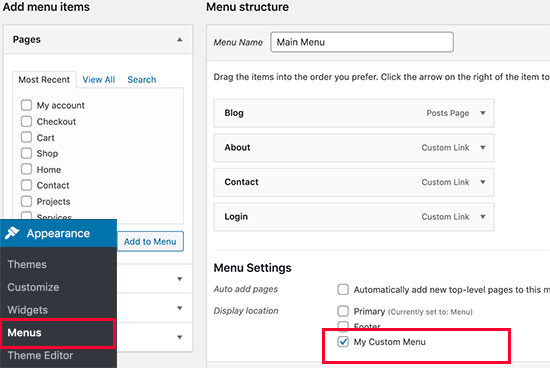Writing a compelling and in-depth blog post is only the beginning. If you want your blog posts to generate more traffic and conversions, you need to walk the extra mile and optimize it for the search engine algorithm.
This includes optimizing the content, HTML, and site architecture so that they rank higher in search results.
Here are five tips to help you optimize your blog posts for SEO:
- Don’t take keyword research lightly
Discovering the right keywords and using them in your blog posts is essential for good SEO. Make sure to pick keywords specific to your topic and target lower competition keywords to maximize your chances of ranking higher.
Keyword research also helps you to discover the kind of topics people want to know more about. It makes it easier to identify the topics/clusters you want to create content on. You can then add the keywords that you are trying to rank for.
Keep in mind that SEO keywords can impact the reader through different stages of their journey.
For instance, informational keywords pertain to the awareness stage, whereas transactional keywords pertain to the conversion stage. You need to pick the right keywords depending on which stage of the buyer’s journey your blog post is trying to target.
Try to include the relevant keywords in the title, subheadings, first and last paragraph, and occasionally in other parts of the content. Refrain from stuffing keywords as it can irritate readers and also earn you a penalty from Google.
Should you just cram in the most obvious keywords in your blog post to optimize it for search engines? No — in fact, popular keywords are highly competitive and make it nearly impossible to rank higher organically. So simply stuffing your post with them will not do you any favors.
To help find low competition keywords you can use a tool like SEMrush.
You can either search keywords directly or analyze your competitors’ sites to find low competition keywords.
- Add SEO-friendly meta description
The meta description summarizes the contents of the post for the benefit of both search engines and readers. SEO-friendly meta descriptions can help your blog post rank higher on search engines. Since the meta description is displayed in search results, it directly influences the click-through rates.
Make sure that the meta description is between 135 to 160 characters and includes the focus keyword of your post. Keep it as descriptive as possible so that a layperson scouring through the search results instantly knows what to expect when they read your post. Also, make sure to remove all non-alphanumeric characters from meta descriptions as search engines such as Google often cut them off.
- Add internal and external links within your content
Building quality links to your articles and linking out to other articles is an extremely important aspect of SEO.
Adding links to other posts from your blog can help readers discover more content on your website. It is also useful for search engines to understand the relevancy of your content. As a rule of thumb, use 2-4 internal links in every post. Don’t use more than six words as the anchor text while adding an internal link. Only add such links that will provide value to the readers when they click it.
Similarly, you should also add links to high-authority websites, relevant articles/blog posts from your industry to provide reference material for the audience. But make sure you don’t add too many outbound links — 2-4 links for every 1000 words is ideal. Also, refrain from linking to poor-quality and spammy websites.
- Customize your URL
Whenever you publish a blog post on your content management system, a URL is generated automatically and appears in the search engine results.
Automatically generated URLs are often very long and contain unnecessary words that can distract the reader and even discourage them from clicking on them. That’s why you should optimize your URLs to enhance their readability and encourage more clicks.
Customized URLs help search engines understand what the blog post is all about. This, in turn, ensures that your page is indexed properly by the search engines.
For instance, a customized URL that concludes with ‘blogs/content-marketing/SEO-essentials-for-blogposts’ will instantly tell your audience what they can expect from the post. Moreover, customizing the URL is also a great way to rank higher for the desired keyword — simply make sure to include the keyword in the URL itself.
- Add rich media within the text
Adding media such as stock photos, infographics, video clips, and GIFs makes the written content visually more appealing and helps enhance its readability.
Studies show that visuals can increase the desire to read content by 80 percent.
It also breaks down long paragraphs into digestible chunks and keeps the audience engaged. In fact, 91 percent of online consumers choose visual content over text-based content because no one enjoys scrolling through large chunks of text.
Plus, you can also add the relevant keywords as alt text to describe such images — as search engines crawl all the text within the blog post, which includes alt text, it can directly impact search engine rankings and even improve your content’s reach.
Ready to create SEO-optimized blog posts?
You don’t have to be an SEO expert to ensure that your blog posts are correctly optimized. Start by following these tips and get ready to transform your content.










